THE UNDERGROUND STONE-PITS OF THE “COTEAUX DE LA PREE ” IN SAINT-LEU D’ESSERENT From extraction of stone in the Gallo-roman age up to the fitting up of the “VI” German flying bombs in 1943/1944
EXTRACTION, SHAPING AND LIFE OF ASHLAR
Since the beginning of the first century of our era, on a hill-side, at the place named “La Prée”, near the last houses of the street called “du dernier bourguignon”, in Saint-Leu d’Esserent and up to the place named “ La Grande Goulette ”, where was created a path which cleared the high slope of the Oise Valley, near Thiverny, the Gallo Romans opened a stone-pit, in the different places where was the good ashlar. Traces of this exploitation were dug by Pierre DURVIN and a small team of benevolents, after the Second World War. Archaeologists set in full daylight workrooms of the stone-pit, a gallo-roman house, three sarcophaguses, two coffins in the inclined part of the “talus de la prée” (La Prée slope) near the current stone-pits of “Couvent”, “Montanier”, Notre-Dame”, “Saint-Quentin”; also near the inhabited quarter of La Prée , the “Dernier Bourguignon” street.
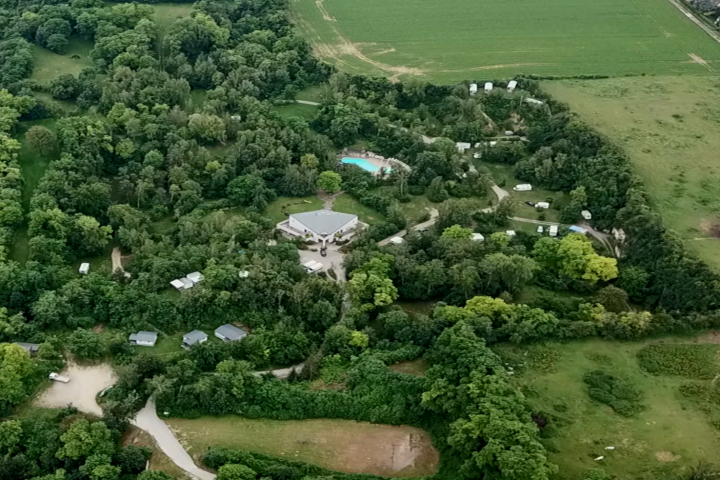
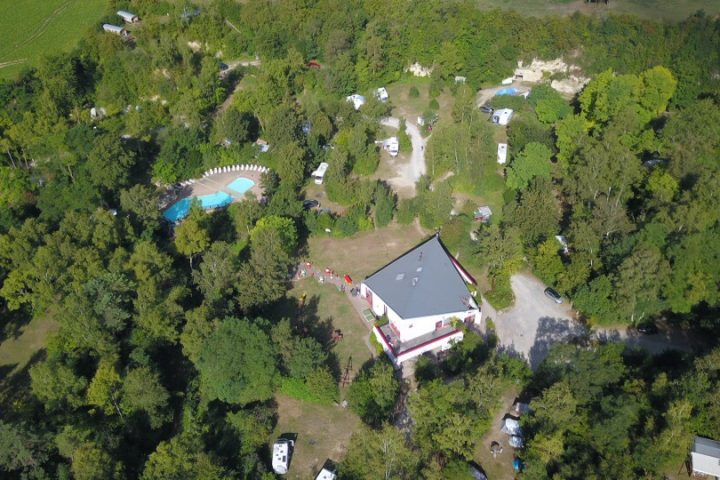
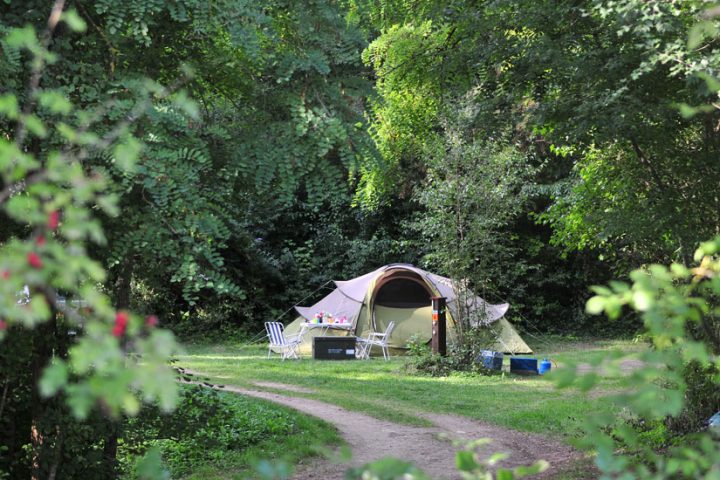
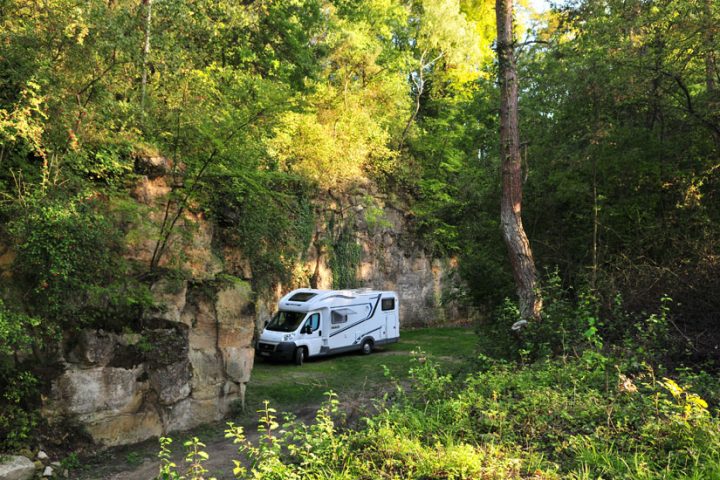


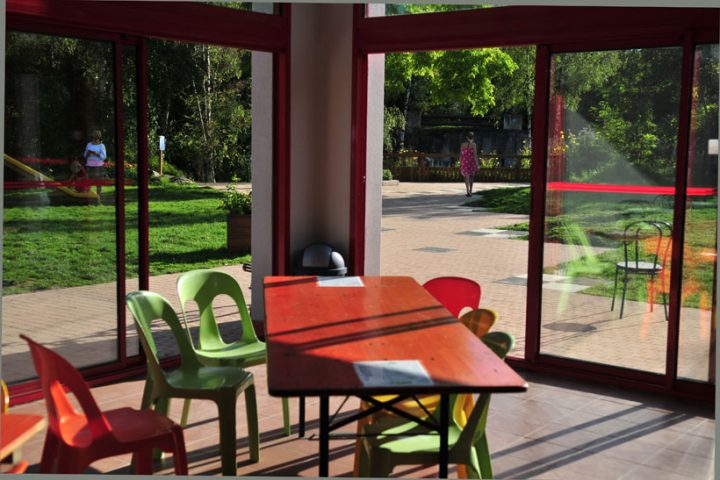

A large part of these stone-pits, opened by monks at the end of the twelfth century, was for a long time, for the current and up to 1939, worked by FEVRE & CO and after the German occupation of the last war, time in which the stone-pit was prohibited, taken back by the same company for extraction of this good “Pierre de Saint-Leu”(Saint-Leu stone), for twenty years. The “Pierre de Saint-Quentin” (Saint-Quentin stone) has two different classifications, it’s a stone which is especially extracted in Saint-Leu:
A yellow stone, with fine and close texture and close texture which had remarkable uses for example building of the Saint-Leu abbatial church ( XIII th century) and the Pont-Neuf in Paris. A soft stone with which were built the Saint-Leu d’Esserent Abbey (XIIIth century), the Chartres cathedral (Portal, in the XVth century) and the Palais de Luxembourg in Paris (1624)
1939, THE 2nd OF SEPTEMBER, DECLARATION OF WAR AFFECTATION OF THE BIG UNDERGROUND STONE-PIT OF THE “COUVENT MONTANIER” ROAD FROM CREIL TO SAINT-LEU D’ESSERENT.
BRISSONEAU and LOTZ & CO, in their workrooms in Montataire, had to build the fuselage of the “LEO 45” planes, modern French bombers which were very useful during the hard battles of May and June of 1940 in north of France.
A blitz in the BRISSONEAU and LOTZ workrooms getting more and more probable, it was quickly decided to move the workrooms to the big pit, on the road from Creil to Saint-Leu, this pit being equipped with new electric and ventilation devices. By this way the fuselage assembly lines where protected against blitz and sabotage.
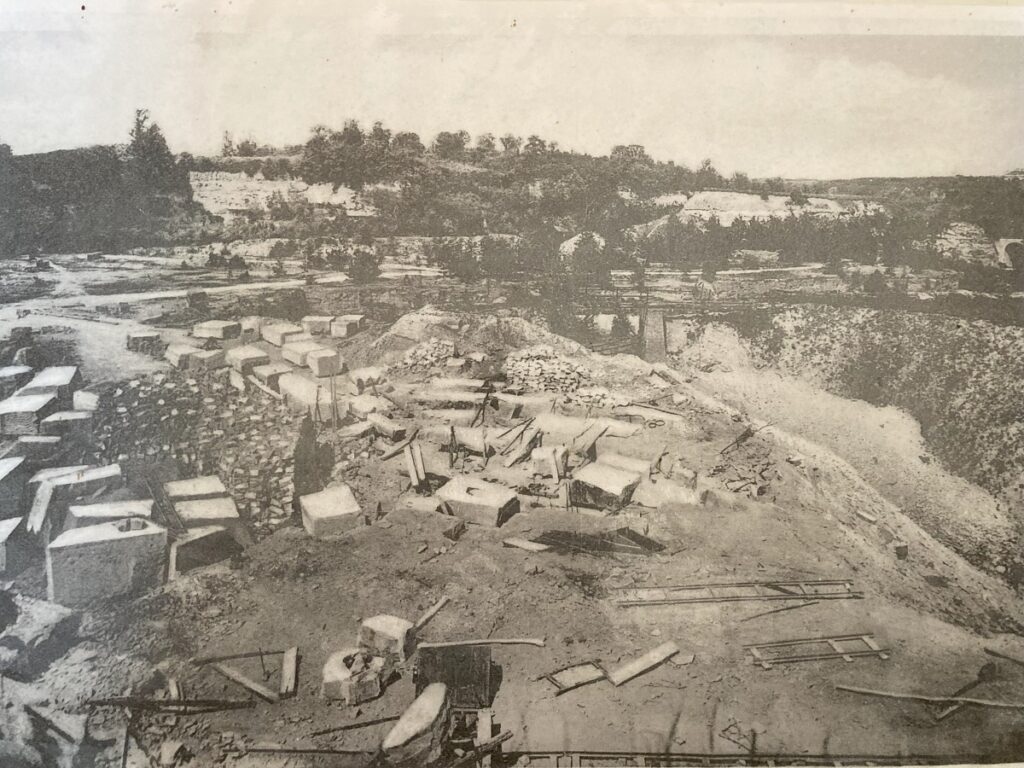
Photo of the site of the campsite in the 1920s
END OF 1942 AND 1943 : STUDY AND OCCUPATION OF THE STONE-PIT OF THE “COUVENT MONTANIER” BY GERMANY FOR MOUNTING OF THE “VI FLYING BOMBS”
In the pits, Germans settled an important VI assembly line, which came in spare parts by train from the studying and testing base of Peenemünde, Germany. The small spare parts were sent away from the “VI pit” stocked and assembled on several places in the woods of Isle-A Dm, to avoid their destruction in Saint-Leu where the assembly rooms, which had only one exit, could be bombed frequently.
The “flying bomb” FIESELER FZG-76/VI looked like a little plane without pilot. Its motors had a 355 kg static thrust – Weight: 3 metric tons, including explosives – Power : 600 kg of a powerful explosive (Füllung 52 A or “Trialon 105”) – speed : 600 km per hour – accuracy of fire : 8 km – range: 240 km – ceiling : 2790 m – flight altitude : 800 m – cruising speed : 580 km/h at 760 m (speed stabilized by gyroscopes) – width : 5.38 m – length : 7.74 m. V, in ”VI”, means “Vergeltungswaffen”, or “ retaliation weapon”.
The VI were carries away, after assembly in Saint-Leu, to the rocket-launchers near the coasts of the Channel (region of Dieppe , woods of Crecy-en-Ponthieu) and on the coasts north of France, at less than 50 km of the sea. Wings and wings-tips were set on the fuselage in the rocket launcher’s spots.
The launchers were trained toward London. The VI were carries by train or by motor lorries.
Link and more information :

